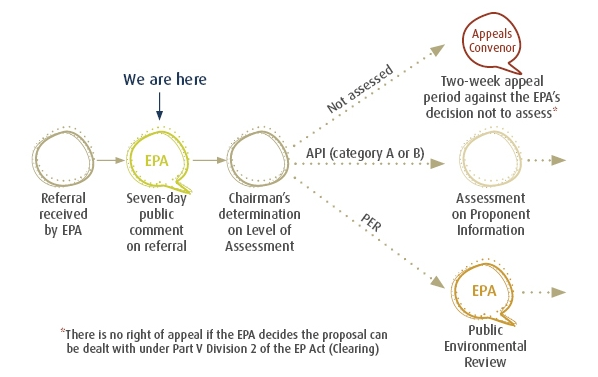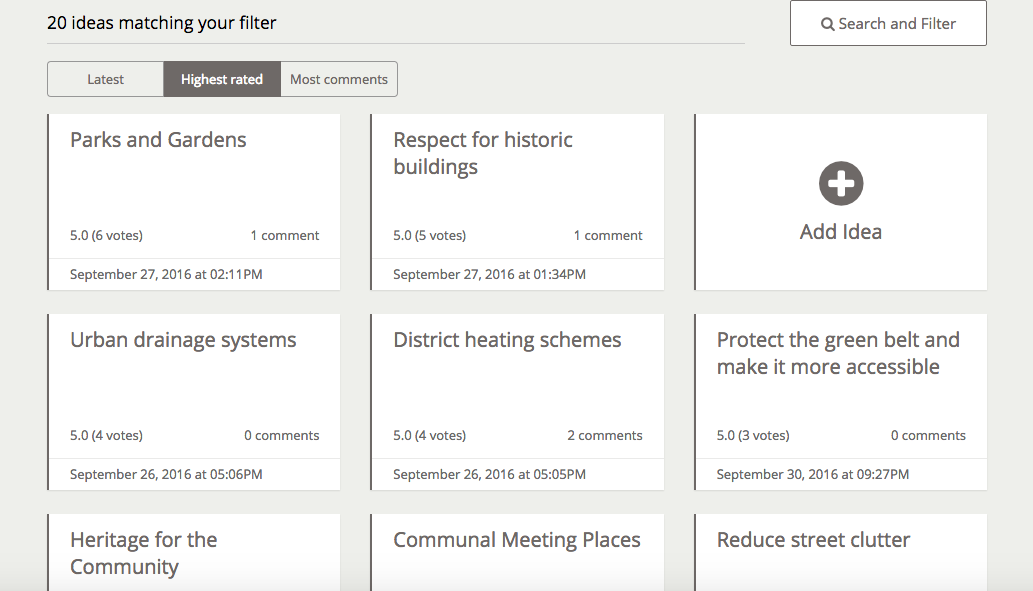Earlier this year, the good people at the Government Digital Service (GDS) commissioned a discovery report into online consultation – specifically, online consultation conducted by central government. This kind of direct user research is really valuable, so we’re delighted that GDS commissioned it and are making the findings freely available.
The report has recently been published (no longer available – 2019), covering important questions like: how do government bodies currently consult online? What platforms are used? How can the methods and the setup on gov.uk be improved? What do the creators of consultations and the people who respond to them really need?
It makes interesting reading for anybody involved in the field of digital democracy and online public engagement. Here are a few things that drew the attention of our highlighter pen on a first read-through:
Helping the public understand the consultation process
The report suggests there’s more to do when it comes to explaining the consultation process to people who might want to respond. The researchers interviewed a lot of civil servants involved in running consultation, as well as participants and members of the public, and they heard comments like:
“we are not communicating the process – there is nothing in the Cabinet Office guidelines that says we have to do that” (page 42)
This obviously isn’t ideal – especially as understanding the terms of a consultation is identified as a clear user need for participants:
“As a respondent I need to know what is/isn’t on the table as part of this consultation so that I can add input that is valuable.” (page 46)
There often needs to be clearer communication with the public about what consultation is, how the process works, what difference people’s input can make and what the expected time frames are. Shared expectations are needed, the report says, to avoid ‘disenchantment on both sides.’
This was precisely one of the issues that Donna Weston from the Government of Western Australia’s Office of the Environmental Protection Authority (WA EPA) identified when we interviewed her last month.
WA EPA’s consultations now feature a simple diagram on the home page explaining where this consultation fits within the whole deliberation process, helping respondents to understand what difference their response will make at this stage and what to expect to happen next. They find this helps to manage expectations and get more relevant responses, e.g. submitted evidence rather than emotional responses at the evidence-gathering stage.
Going beyond question-and-answer surveys
The report questions why surveys are the overwhelmingly dominant way of doing online consultation. A question-and-answer format may largely be popular because it’s an effective way of quickly gathering opinion in a format that’s easy to analyse – particularly at scale. But there are a wide range of other formats and tools that could also be used – why aren’t they used more widely?
One of the reasons put forward in the report is that there’s ‘an ingrained cultural expectation of what ‘consultation’ entails’ within government – that is to say, sometimes people just automatically assume that consultation = survey/questionnaire.
The report suggests broadening the types of activities that go into the consultation mix, and highlights a few such potential approaches.
For example, there’s a focus on open ideas generation processes: ‘at an early stage of consultation, civil servants are often seeking suggestions or ideas, rather than detailed comments’ (page 74). In these stages of the consultative process, the report suggests, open idea generation could be a useful addition or complement to the traditional closed survey approach.
We have our own open discussion tool for exactly this kind of alternative approach: Dialogue. The City of Edinburgh Council are using Dialogue to ask residents to share their ideas and vision for how the growing city should look by 2050 – mixing in a more open, discursive approach to their consultation approach, exactly as suggested by the report.
As we’ve written about before, there are lots of advantages to combining different, complementary consultation methods and tools like this. As the GDS report says, ‘mixed methods… will broaden the public views that are received, and increase the quality of evidence gathered.’
What does a consultation platform need?
It was encouraging to see a number of positive reports from users of Citizen Space (our online consultation platform) cropping up throughout the report.
There’s a lot of overlap between the report’s recommendations and features which exist in Citizen Space – which is mostly just reassuring about the conversations we have with our government customers! (We take a lot of feedback on board from our users, and we’re glad to see similar input reflected in the report’s findings.) Just as a couple of examples:
“I need the ability to link to outside sources so that I can build context. I need the ability to embed visual content so that I can make my consultation more engaging and accessible.” (page 42)
“I need the ability to see support info and questions at the same time so that I can read while I respond.” (page 46)
Lots of the guidance marries up with the advice we give to our customers – like embedding an appropriate amount of information into the consultation, immediately alongside the questions it relates to (rather than expecting respondents to read through several large PDF documents before even starting the survey).
It was great to see some of our customers come in for praise for their consultation work. For example, Transport for London – whose Citizen Space site ‘is considered by many to be one of the best uses of the current survey-style platforms for consultation.’
Also, the Department of Health, who are very diligent about making their consultations as accessible as possible. The report points out that, along with each online survey they put on Citizen Space, ‘an offline toolkit is provided, encouraging local groups to run a discussion about this topic and submit a response… This helps reach individuals and groups who are not currently involved in responding to consultations, do not have a high degree of digital literacy, or do not have access to the internet at home.’
Final first thoughts
We were glad to see this discovery phase commissioned, and glad to see a report with so many solid, pragmatic recommendations for running effective consultations. It’s great when other people share our desire to make consultation as good as it can be, and the emphasis on user needs/user-centric design is always encouraging. In some ways, the report is a round-up and affirmation of existing knowledge, rather than totally new information, but it’s helpful to have these things all in one place – and hopefully that helps more people adopt better consultation practices.
It’s great to know that gov.uk and GDS want to keep making it easier for citizens and stakeholders to participate in consultations; we look forward to seeing that work take shape. And we’ll try to keep up our side of things as well, by making sure tools like Citizen Space are as easy to use as possible.

